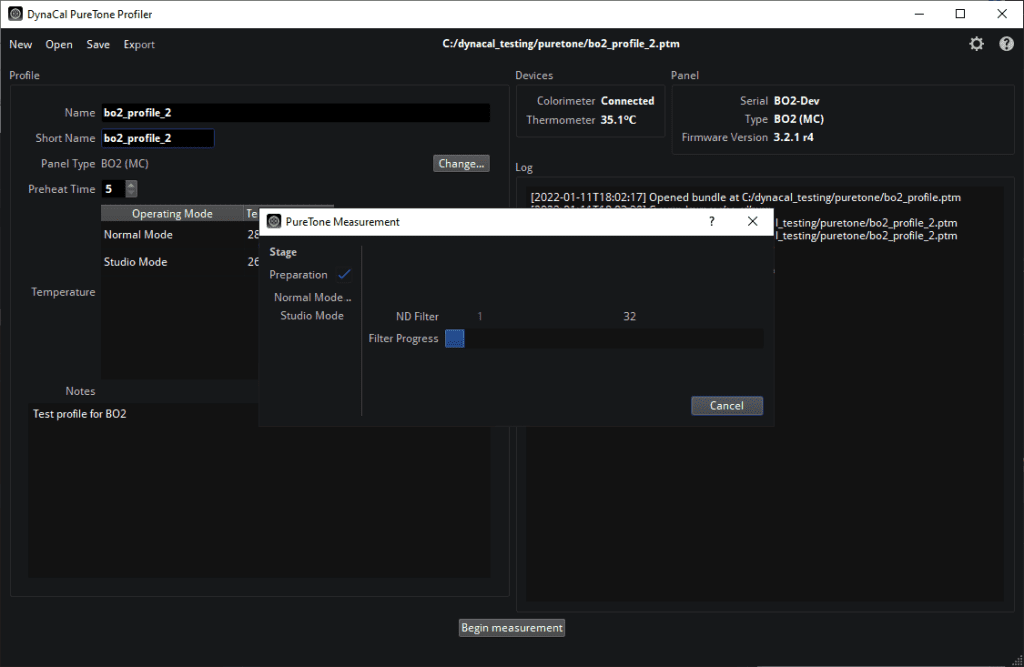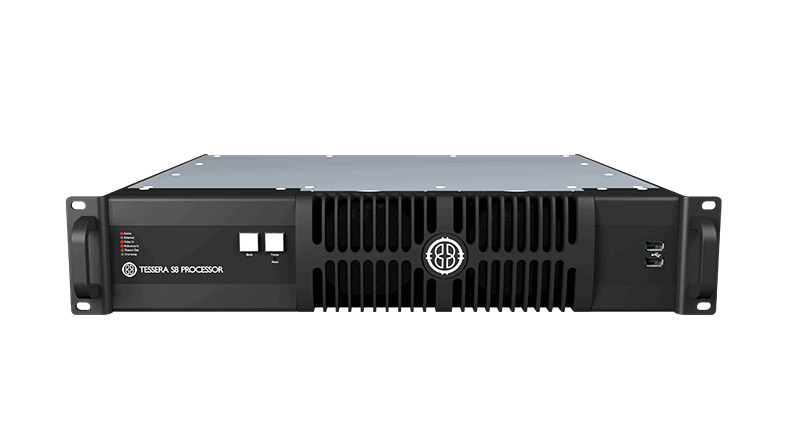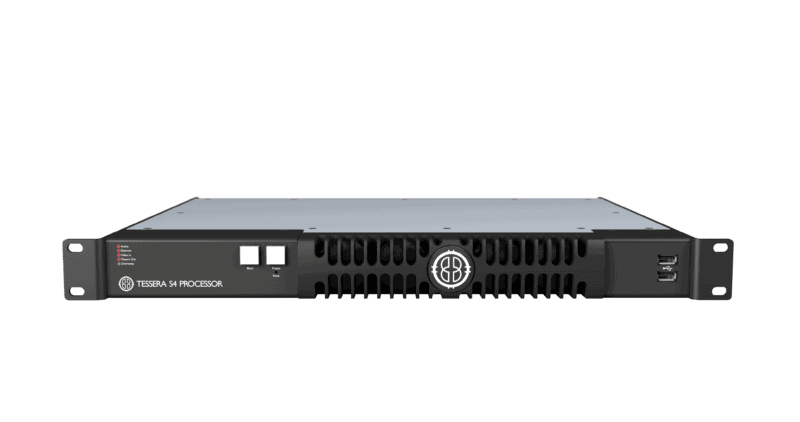SEE YOUR CONTENT, NOT YOUR PANELS
PureTone eliminates unsightly colour casts in your greyscale for balanced, neutral output. It is exclusive to Brompton R2-based panels that have been calibrated with Dynamic Calibration.
It is common for many panel types to show a colour cast in darker greys or when using the panels at low brightness levels. Most content has dark and light areas, so this is a real problem that means you may not get accurate colours and true neutral greys.
It is also a common reason why panels that appear to be matched when displaying full brightness test patterns are obviously unmatched when displaying real content with darker areas.


TRUE NEUTRALS

LEDs and their driver chips are not perfectly linear, meaning that when asked to output a particular brightness they may not accurately achieve it.
Red, green and blue LEDs often have different non-linearities, which can lead to colour casts in greyscales.
PureTone builds on Brompton’s Dynamic Calibration technology to enable each panel type to be profiled. It can then compensate for the non-linearities ensuring true, clean, accurate colours and neutral greys at all brightnesses, utilising Dark Magic for additional effective bit depth in order to make very small fractional adjustments to the output drive levels.
MAKE THAT BATCH MATCH
Rental companies know all too well about the problems of matching different batches of LED panels. Despite being the same type and being calibrated to the same brightness and colour temperature, all too often a new batch of LED panels will be noticeably different when displaying real world content.
This is often because of the linearity issues that PureTone is designed to correct – and we now support different PureTone corrections for each individual batch, which will go a long way to making this frustrating problem a thing of the past.


FINESSING FOR FILM
PureTone is especially useful for film and broadcast work, where screens are often run at much lower brightness to match camera exposures, and maintaining neutral colour output is critical to looking good on camera.
TESSERA PROCESSORS




